The following list highlights some of the best places to visiting in Tibet. So if you are in Tibet, I recommend visiting the following:
- Jokhang Temple, Lhasa, Tibet
- Lake Manasarovar, Ngari, Tibet
- Potala Palace, Lhasa, Tibet
- Yarlung Tsangpo Grand Canyon, Shigatse, Tibet
- Sakya Monastery, Shigatse, Tibet
- Tashilhunpo Monastery, Shigatse, Tibet
- Mount Kailash, Ngari, Tibet
- Samye Monastery, Shannan, Tibet
- Sera Monastery, Lhasa, Tibet
- Namtso Lake, Nagqu, Tibet
- Lulang Forest, Nyingchi, Tibet
- Lake Yamdrok, Shigatse, Tibet
1. Jokhang Temple, Lhasa
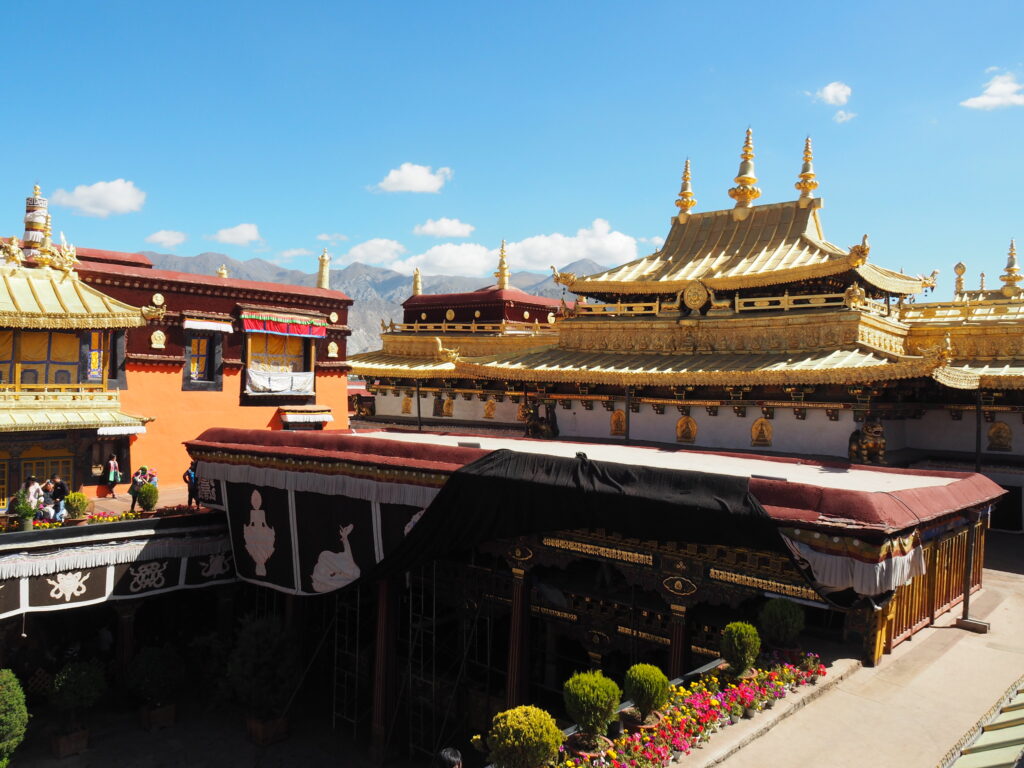
It is located in the centre of the old town of Lhasa. Jokhang Temple is the spiritual centre of Tibet. It was built in 647 AD and has a history of over 1300 years. The temple is the essence of Han culture, Tibetan and Nepalese architectural techniques. Visitors will admire a variety of exotic and sacred sculptures, as well as a priceless collection of artefacts. The great prayer festival is held here every year. The temple used to be known as Khang Tsulag or ‘House of Wisdom’, but is now known as Jokhang, meaning ‘House of the Lord’. The temple has been an important Buddhist pilgrimage centre for centuries.
2. Lake Manasarovar, Ngari
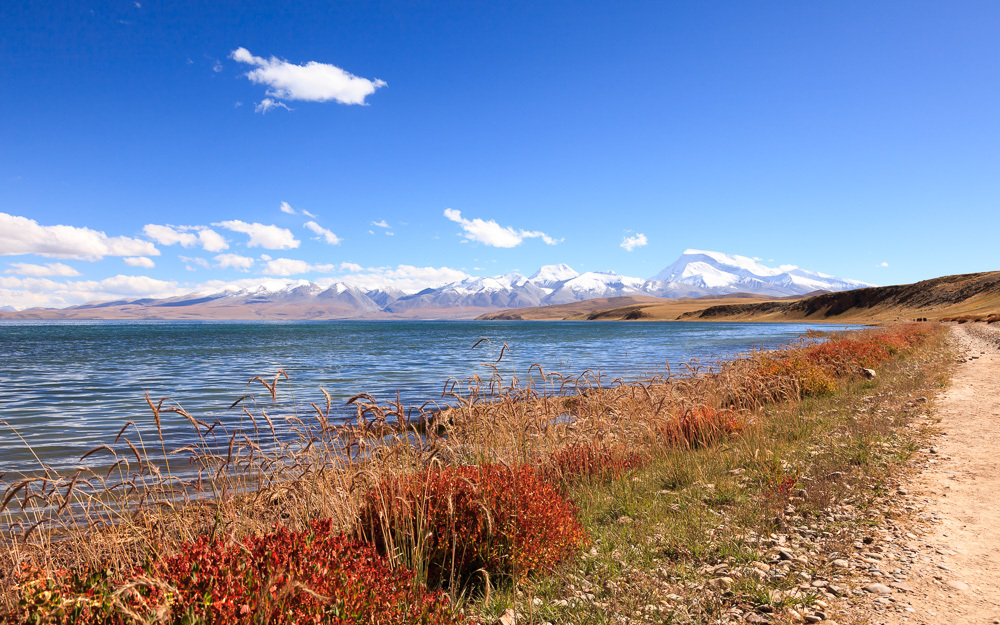
Manasarovar Lake, Tibetan for “invincible lake”,Manasarovar Lake is one of the three great sacred lakes of Tibet. It is located in Pulan district, Ngari region, 200 kilometres from Shiquanhe village. It is one of the sacred places of Southeast Asia, the “jade pond of the western sky” according to legend. It is surrounded by monasteries and historic ruins and Mount Kailash to the north. Manasarovar has become a favourite place for domestic and foreign tourists and a pilgrimage site for Buddhists. The most extraordinary thing about it lies in the sweetness, freshness, softness and transparency of its waters, ganta and stomach, which is why pilgrims called it “holy water”. It is said that pilgrims every time they visited the place they took water home to offer it to friends and relatives as precious gifts.
3. Potala Palace, Lhasa
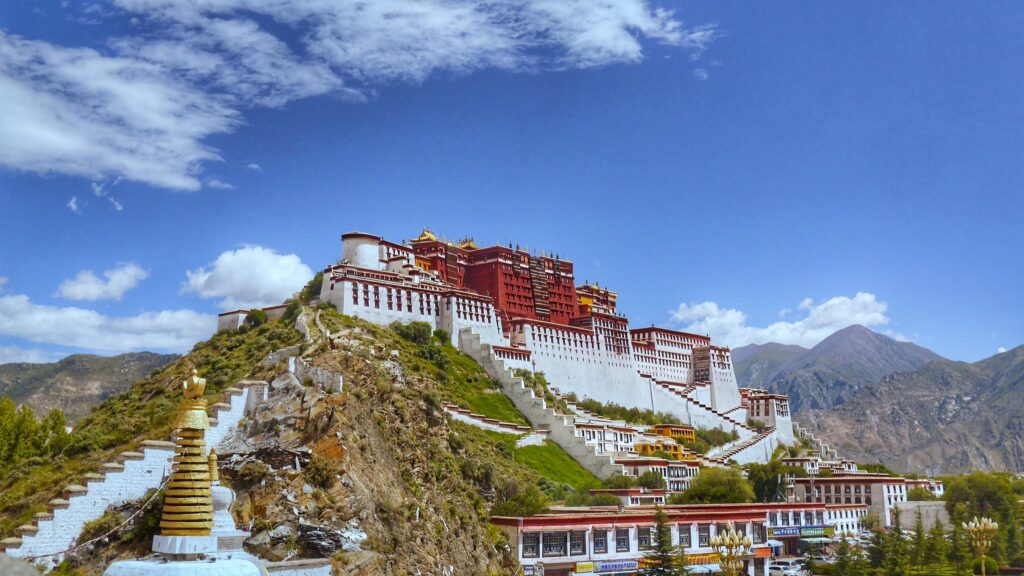
It is the highest expression of Tibetan architecture and the residence of the Dalai Lama, since Lozang Gyatso founded it in the 17th century in Lhasa. The monument is situated on the mountain called Hongshan, at an altitude of 3,650 metres above sea level. What is most striking is the spirituality that envelops the whole area, where Buddhist priests follow ancestral liturgical rites and Tibetan pilgrims moving around the Palace show solemnity and devotion to this outstanding work of a millenary culture.
4. Yarlung Tsangpo Grand Canyon, Shigatse
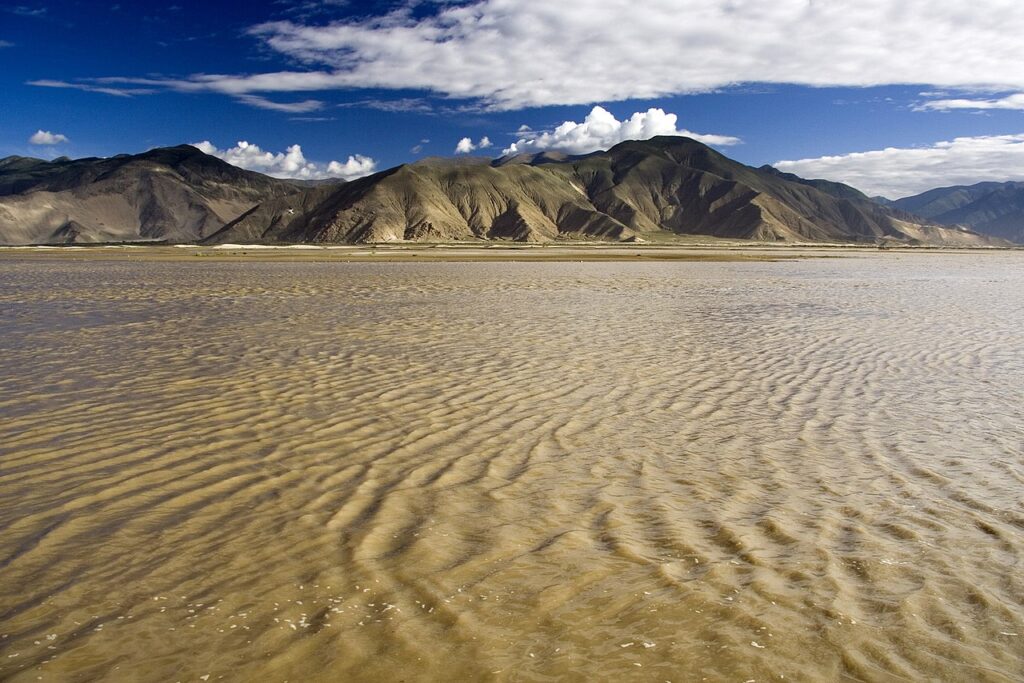
It is a beautiful place to visit. It stretches for 505 km from Daduka Village in the north to Pasighat Village in the south. The average depth of the canyon is 2,268m, while the deepest point is 6,009m. With high mountains and magnificent waterfalls, this place is one of the most impressive natural creations and is often called the most beautiful canyon in China. You can access the canyon from approximately April to October, as the roads may close during the winter months. The best season to visit the canyon is April to May and September to October. There will be less rain and trekking is easier during this time. In spring the canyon will be all green, and the waterfalls will be more powerful, while during the autumn months you can take some colourful photos.
5. Sakya Monastery, Shigatse
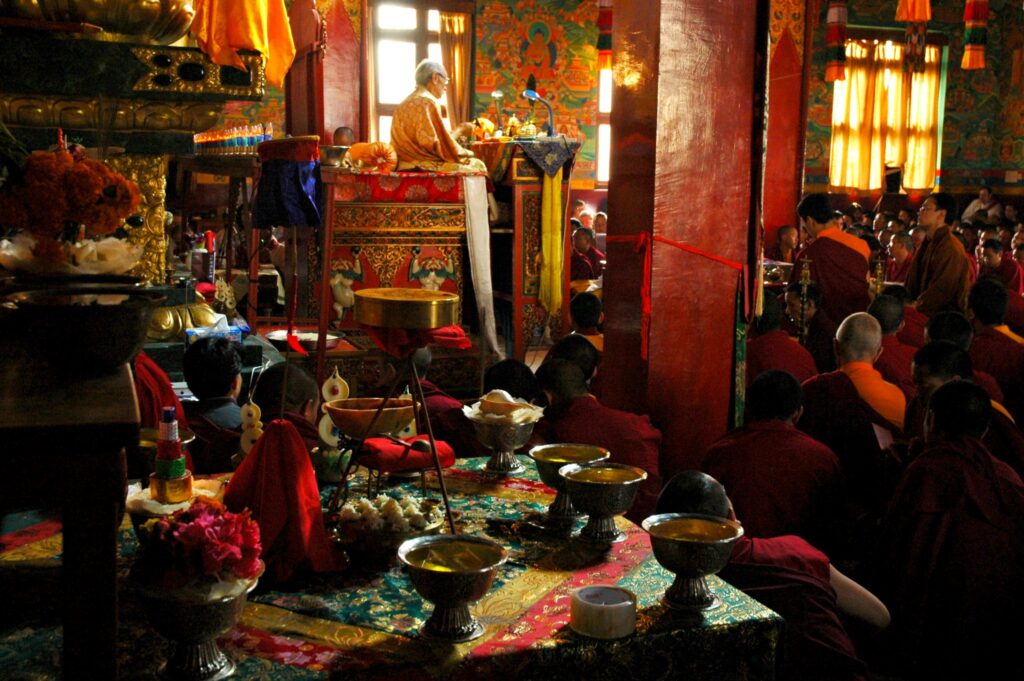
Sakya Monastery is a Buddhist monastery located in Tibet. It is the seat of the Sakya school of Tibetan Buddhism and was founded in 1073 by Konchok Gyelpo. It is the main sacred shrine of the Sakyapa sect, one of the last sects of old unreformed schools of Indian origin. Around 84,000 handwritten sutras and scrolls in Tibetan, Sanskrit, Chinese and Mongolian were found in this monastery, telling the history of Tibet through the prism of philosophy, opera, poetry, medicine and geology, among other disciplines. At present, the texts are still being deciphered by scientists at the Tibetan Academy of Social Sciences, waiting to unravel all the treasures the texts hold.
6. Tashilhunpo Monastery, Shigatse
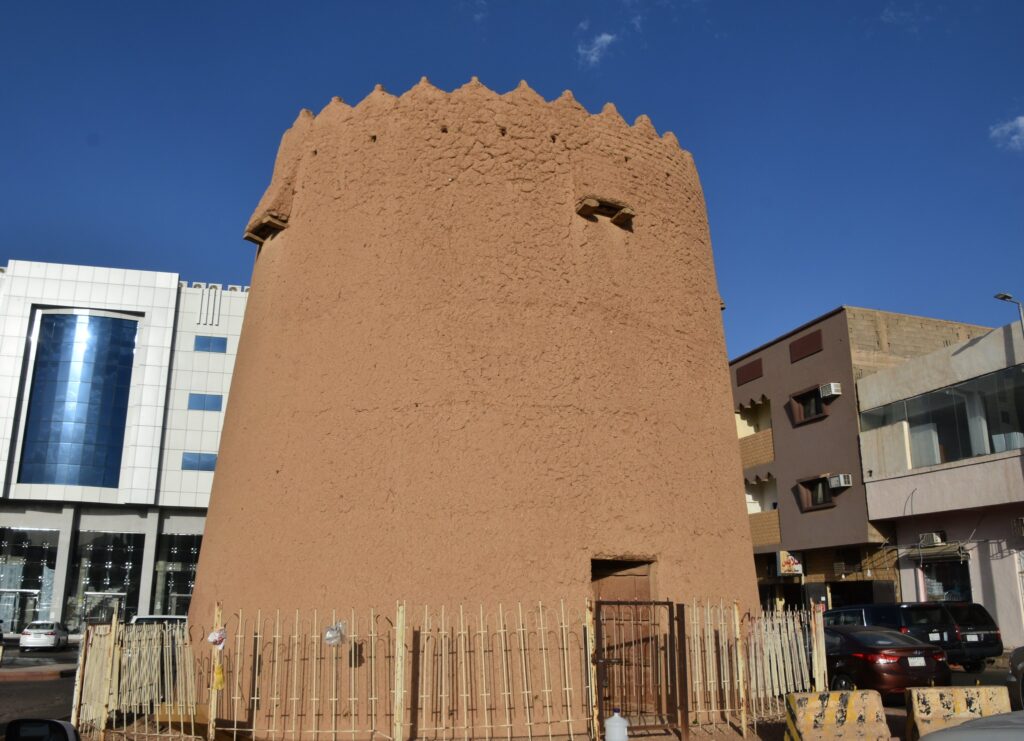
The Tashilhunpo monastery is especially important in Tibet as the seat of the successive Panchen Lamas, the second highest-ranking lineage in the Gelug tradition of Tibetan Buddhism, a spiritual authority second only to the Dalai Lama. Up to 4,000 monks lived here and four tantric colleges, each with an abbot, were in operation. The monastery houses a 26.2 metre high statue of Jampa, the Buddha of the future, the world’s largest statue of Maitreya, made of almost 300 kg of gold and precious stones.
7. Mount Kailash, Ngari
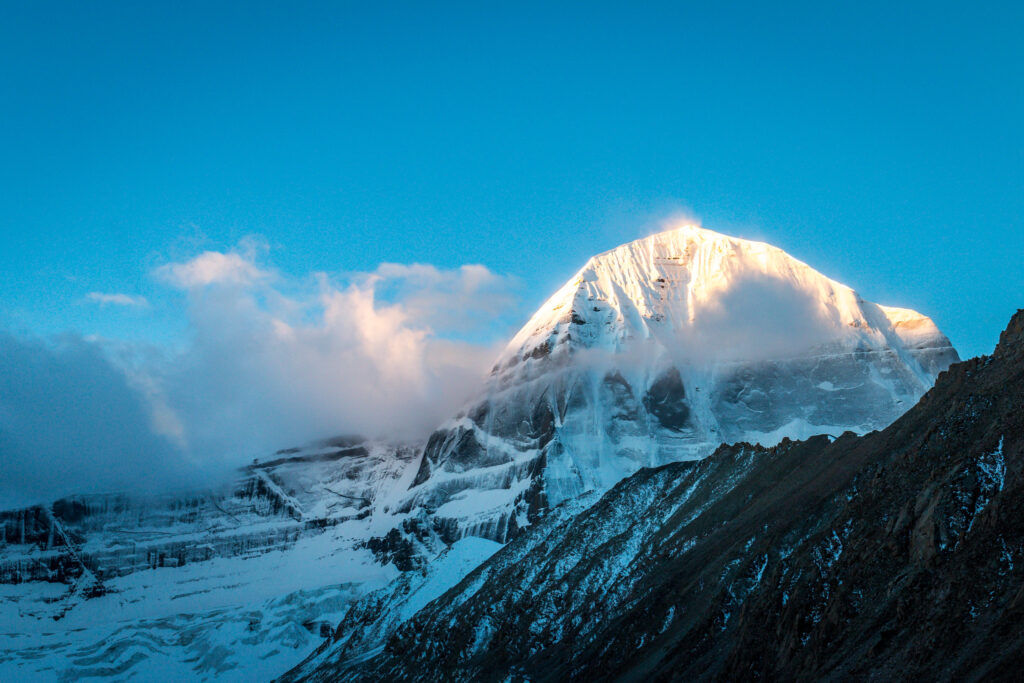
The most revered of Asia’s sacred mountains, deified by millions of Buddhists and Hindus, Mount Kailash rises above the Barkha plain like a giant tetrahedral chorten (stupa) 6714m high. Add the neighbouring Manasarovar Lake, the cradle of Asia’s four largest rivers, and it becomes clear why this place is such a place. Unique Come to one of the most beautiful and secluded corners of the planet, and you’ll get a bonus: all sins are forgiven for a three-day hike along the pilgrimage path around the mountain.
8. Samye Monastery, Shannan
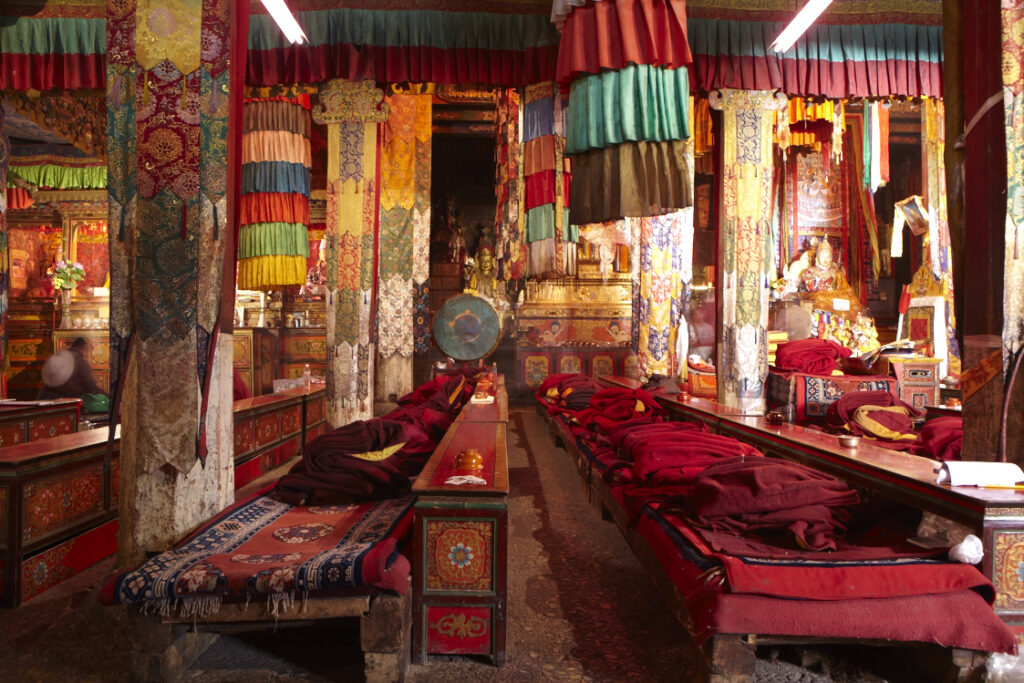
This site was built in the 8th century and housed the first monks and became a great school for centuries. Today you can visit it and marvel at this centuries-old building and the wonderful scenery that surrounds it. The monastic complex is huge and shaped like a mandala, the representation of the Buddhist universe. The main temple has six floors, although the first is the most spectacular, and statues and relics abound. And from every corner, whenever you look up, the Tibetan landscape provides the best setting for this special walk.
9. Sera Monastery, Lhasa
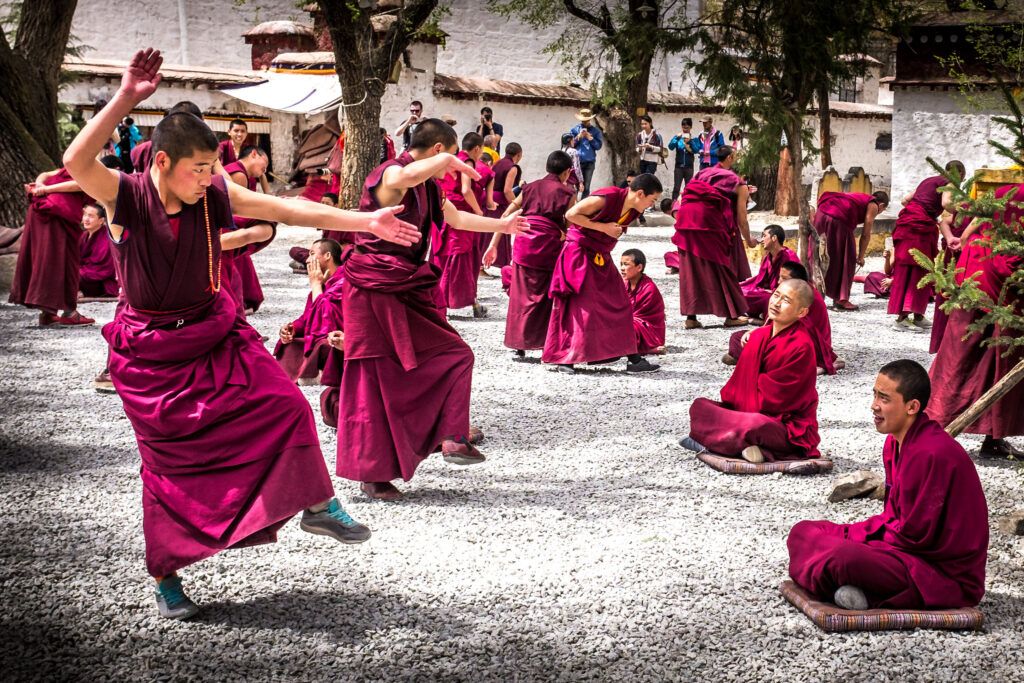
Built in 1419 by Tsong Khapa, the founder of the Gelugpa order, a current within Tibetan Buddhism, whose highest authority is the Dalai Lama. The Sera monastery, together with Drepung and Ganden are the three most important monasteries of the Gelugpa sect, characterised by the wearing of yellow caps during certain ceremonies. About 4000-5000 monks used to live in Sera, although today only a few hundred remain. However, there are always large numbers of monks carrying offerings. When you arrive at the monastery you will see that it has many buildings of different sizes, so it really looks like a small village.
10. Namtso Lake, Nagqu
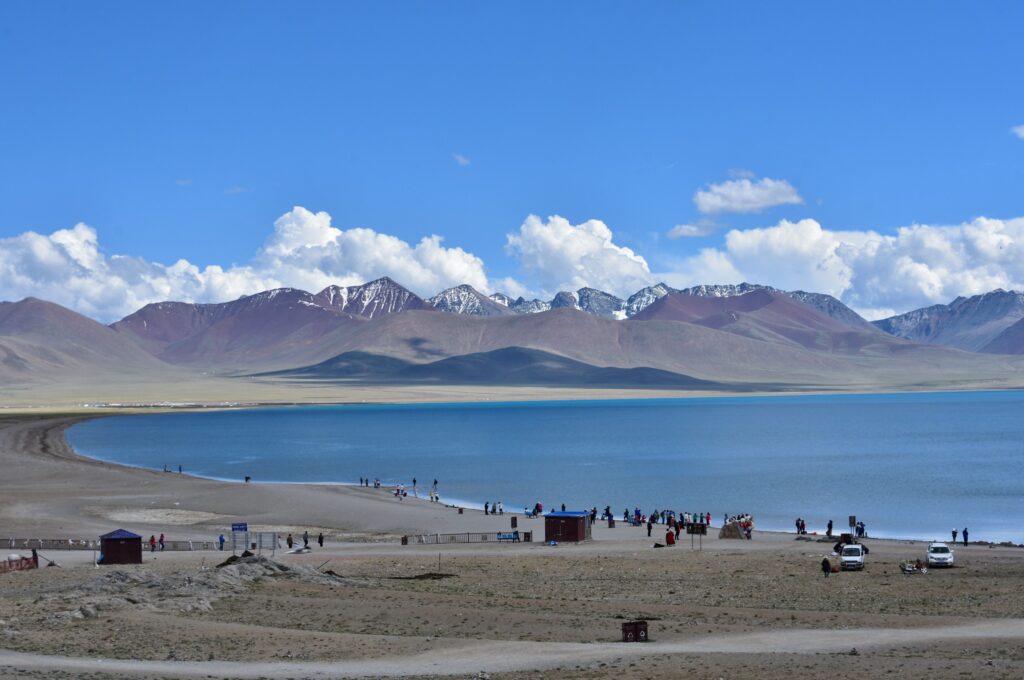
Namtso Lake in Tibet is the second largest saltwater lake in China and is considered by Tibetans to be one of the three sacred lakes. At just over 70 kilometres long and 30 kilometres wide, and some of the surrounding mountains are 7000 metres high, this is one of the most incredible landscapes in Tibet. From the car park, where there is a bathing area, without doors and Turkish style, as well as several restaurants and small shops. It must be said that from any area the views are excellent, but you have to bear in mind that the lake is immense, so it is worth focusing on a couple of areas and enjoying them to the maximum, to avoid having to be running from one side to the other.
11. Lulang Forest, Nyingchi
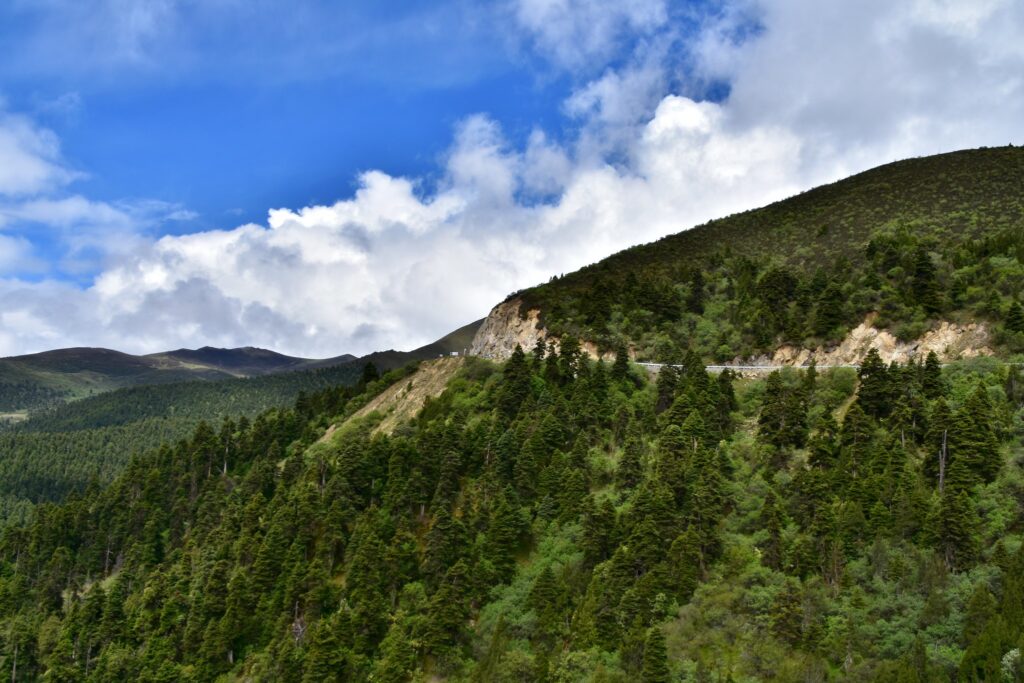
Lulang means “dragon king valley” in Tibetan. Lulang forest is about 88 km from Bayi town in Nyingchi prefecture, and the national road 318 runs through the forest. It is quite convenient to get there. Lulang Forest is a typical plateau forest on the slopes of mountains. The mountains are covered from low to high with shrubs, dragon fir, and pine trees, making up the forest. Cloud and mist gather and disperse between the mountains, forests and villages composing beautiful landscapes.
12. Lake Yamdrok, Shigatse
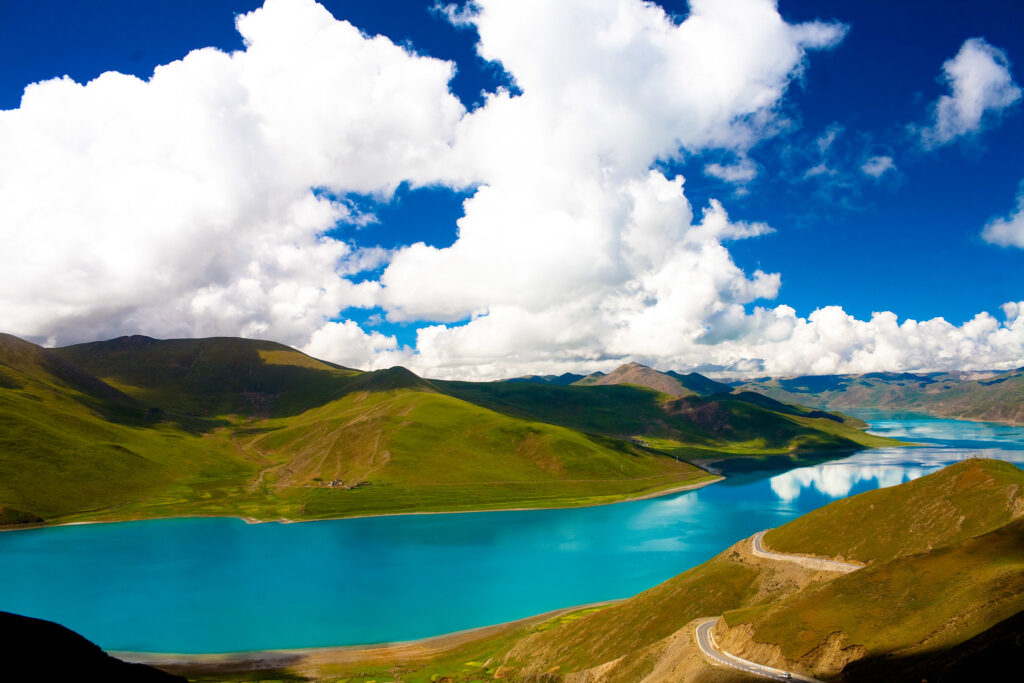
Yamdrok Lake, also called Yamzho Yumco, is one of the three great Tibetan lakes, lakes that are, by the way, sacred to Tibetan Buddhists; it is a huge body of water, 638 square kilometres in area and 72 kilometres long. The lake is visible from the road from Lhasa to Gyantse, and the scenery is spectacular but different from what you might have in mind at first. The landscape is typical of the Tibetan plateau, that is to say, small mounds and rounded mountains, completely covered with typical high mountain vegetation, without trees or forests, but all green. The water of the lake is that turquoise blue colour that captivates you and you would spend hours watching it. And in the background, as the culmination of this postcard of nature, you can see the snow-capped peaks that easily exceed 7000 metres.
If you loved this article or found it useful, don’t forget to visit and subscribe to my social media for more useful content. Follow us on Google My Business, YouTube, Instagram, Pinterest, Twitter, Facebook or Reddit and subscribe to our receive our free website content.

